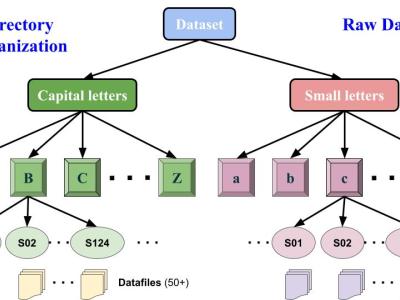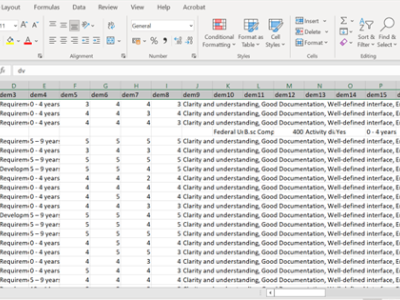Mobile App for firstaid procedure
- Categories:
Mobile App for firstaid procedure

The dataset file contains all the relevant data for this paper, including original text data, labels, and statistical information, which is utilized for training, testing, and validation of the proposed models or arguments. Additionally, there is a question bank file that comprises all test questions, filtered test data, and annotated result data after testing. This data is used to evaluate the performance of the models or methods proposed in the paper.

The dataset file contains all the relevant data for this paper, including original text data, labels, and statistical information, which is utilized for training, testing, and validation of the proposed models or arguments. Additionally, there is a question bank file that comprises all test questions, filtered test data, and annotated result data after testing. This data is used to evaluate the performance of the models or methods proposed in the paper.

In Nigeria, access to proper medical services is not only costly but also not readily available. We are faced with different problems that require immediate attention (first-aid) to save life before we can get access to proper medical attention from professionals in hospitals and clinics which may be some miles away from our location at that instant. A lot of us do not know how to administer First-Aid in different circumstances that we find ourselves. Lots of people thereby resort to quacks and other unorthodox means for First-Aid services since proper medical service may be elusive.

This report presents an end-to-end methodology for collecting datasets to recognize handwritten English alphabets in the Indian context by utilizing Inertial Measurement Units (IMUs) and leveraging the diversity present in the Indian writing style. The IMUs are utilized to capture the dynamic movement patterns associated with handwriting, enabling more accurate recognition of alphabets. The Indian context introduces various challenges due to the heterogeneity in writing styles across different regions and languages.

The dataset referenced herein pertains to the robust framework we introduced in our scholarly article titled, "A Graph-Neural-Network-Powered Solver Framework for Graph Optimization Problems." This comprehensive dataset is categorized into three segments: training data, verification data, and test data. Each dataset plays an integral role in the functionality and optimization of the proposed framework. The training data aids in formulating the GNN model, the verification data is used for fine-tuning the model, and the test data assesses the model's performance in test scenarios.

Each data instance consists of a paragraph (context), a question, and 4 candidate answers. The goal of each system is to determine the most plausible answer to the question by reading the paragraph.
## Expected Output to Leaderboard
If you intend to submit to the leaderboard [here](https://leaderboard.allenai.org/cosmosqa/submissions/get-started), please follow the data format described on the that page. The prediction file should contain one label per line.

The dataset includes active power measurements for a residential student building located in Bucharest, Romania, collected at 1 frame/second (or 0.5 frames/s) reporting rate over 12 consecutive months.
Always-on appliances include the refrigerator and the wireless router. Several other appliances are installed in the residential unit: washing machine, lighting fixtures, electrical iron, vacuum cleaner, various ICT charging devices, and air conditioning (seldom used).

Transparency, though a term that has been long-established in other older disciplines, remains an emerging concept that different stakeholders, including requirements engineers, developers, project managers, clients and end-users in information or software systems development must consider.

This dataset contains the measurement in an ultrawide band (UWB) system in the 6.5 GHz band, considering the presence of the human body as the only obstacle. There are measurements in line-of-sight condition to compare the results of the analysis performed. The measurements are part of our research on the adverse effects of the body shadowing in pedestrian localization systems.
The UWB system has four fixed terminals and one mobile terminal. The mobile terminal is worn on the chest of the person.